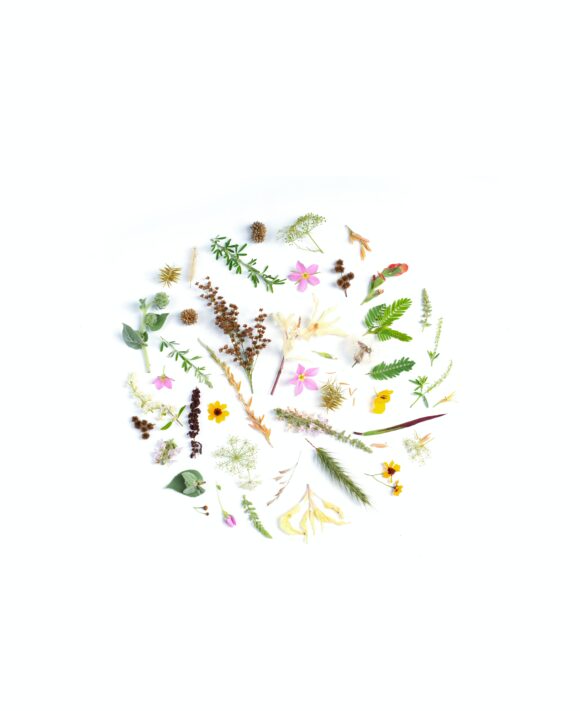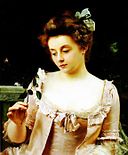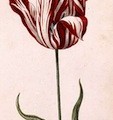- Expressing Gratitude for Forgiveness the Victorian Way - May 12, 2023
- The Evolution of Wedding Flowers - May 12, 2023
- The Power of Flower Arranging - May 12, 2023
Dear Reader, I write to you this letter of introduction so that we may not set off on the wrong foot. You see, I’ve come to share my wealth of knowledge of the language of flowers. While my education has been steeped in English tradition, I assure you that this secular subject has roots in nearly every corner of the earth, so long as the climate permits. Thus there are many interpretations of what any one flower may mean. Being how we are sentimental animals we adore symbolism and assign it often without notice. Consider how difficult it is to get rid of some knick-knack you’ve come to own. It has no purpose yet it holds a dear place in your heart. You’ve assigned it meaning. Just one of the many symptoms of the human condition.
There is no telling which culture first used botanicals to convey a message, though I can say that the English were some of the last to develop their own language of flowers. The Eastern tradition was brought to Europe by Aubrey de la Mottraie who experienced this curious means of communication in Turkey. The Eastern language of flowers relied on the flower’s physical form to convey its meaning resulting in a lovely, flowery, ornamental language that was used for such occasions. The French followed a similar suit in the development of their flower dictionary.
The English however saw an opportunity to create a discreet and cunning new form of communication. Their dialect of the language of flowers was developed in a multifaceted way of deriving meaning. Some were assigned meaning based on their physicality. Others by their botanical, medicinal, or spiritual properties. Still others hold no resemblance to the flower itself but rather the linguistics of their names, by way of rhyming. There are some plants that have whole phrases assigned as their meaning. Meanwhile, the specific parts of certain plants could mean something quite different from one another, say the branch vs. the bud.
What is most important to note is that the English language of flowers was used to communicate messages of all types. Sure, messages of love and courtship were common suitors for such means of communication but messages of war, disdain, and danger were just as common. Allow me to also assure you that in my understanding of this rich dialect, looks can be deceiving. The beauty of a bouquet does not stand for the beauty in the breakdown of its contents. I do hope that you’ll not take it personally should you come to find out that your dear late grandma’s favorite flower represents “unrequited love”. I’m certain that you could find some other meaning that’s been attached to that flower —— just not the proper one. Like most English traditions, the Victorian language of flowers favors practicality as opposed to the overtly sentimental.
I hope that you’ve found this abridged origin story intriguing. Check back in at The Right Flowers for more meaningful bouquet recipes and insights!




